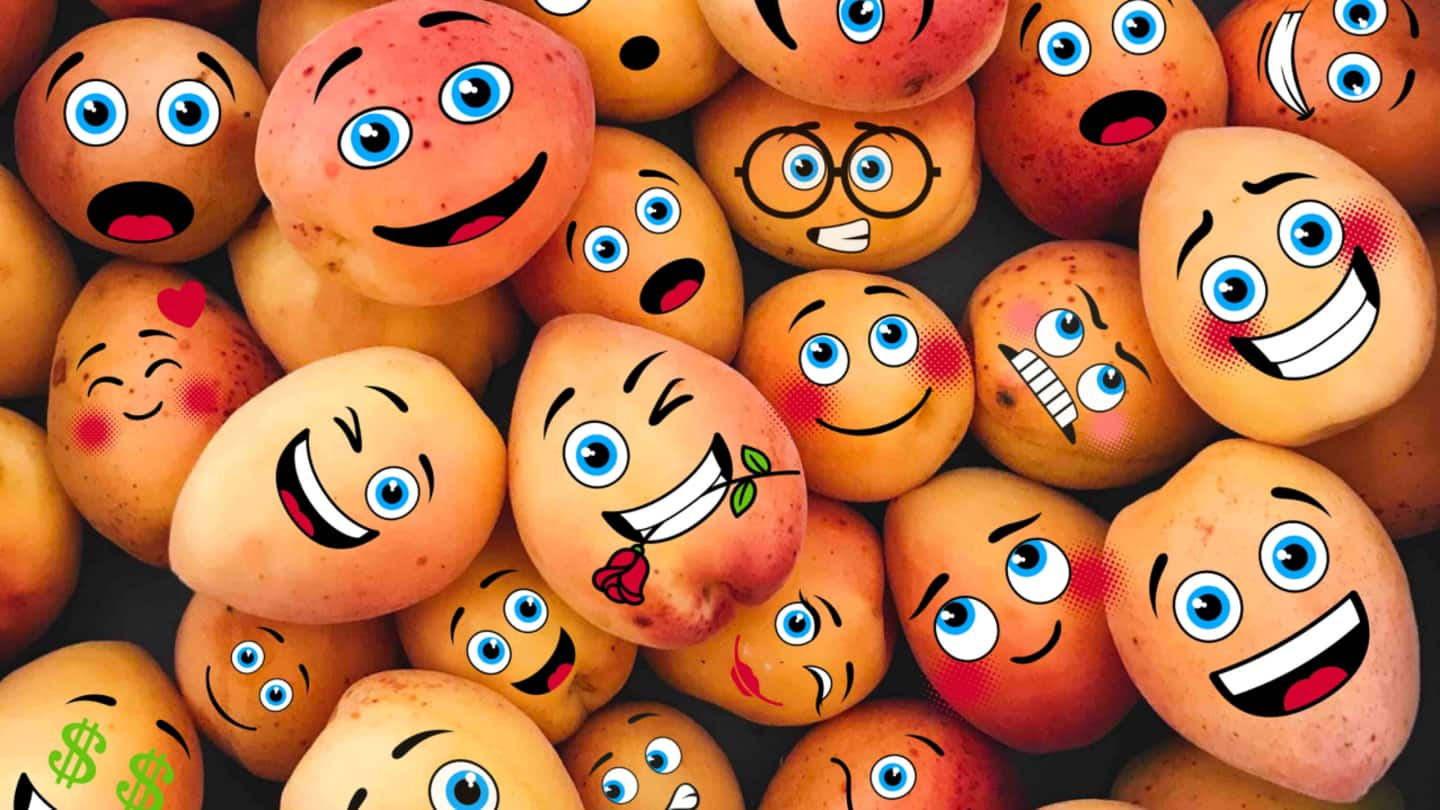
World Emoji Day: How emojis are changing world of expression
What's the story
Emojis have become a popular tool for expressing emotions at a time when face-to-face contact has declined and most interactions take place via texting.
However, in India, emojis are still read differently than in the rest of the world.
In a survey done ahead of World Emoji Day on Sunday (July 17), Indians were found ignorant of diverse emojis with varying meanings.
Here's more.
Context
Why does this story matter?
According to reports, more than 90% of the world's internet population communicates with emojis.
They have been around since the 1990s, and new and more relevant ones are released each year.
Surprisingly, anybody can make a suggestion for a new emoji, but there is a stringent selection procedure in place that determines whether or not your entry will become an emoji.
Results
58% of global respondents unaware of some emojis: Survey
According to a June poll conducted by Slack in partnership with Duolingo, around 58% of worldwide survey respondents were unaware of individual emojis having various meanings.
The poll covered 9,400 hybrid office employees from the United States, the United Kingdom, Canada, France, Japan, China, Singapore, India, Germany, South Korea, and Australia.
Language
How emojis turn into a language in companies?
The poll also found that over a third of French, Australian, and German respondents agreed that their company has its own language of emojis for internal communication.
This sentiment was higher in Asia than in Europe, with 66% of Indian and 60% of Chinese survey takers agreeing that their formal chats included emoji language that was exclusive to the workplace.
Offices
Workplace interpretations of the popular emojis
According to the poll, emojis such as the side-eye signified "having a look" at work, whilst the check mark emoji meant that the task had been finished.
Raised hands emoji signified wonderfully done, while the thumbs up emoji meant accepted or done.
Some online workplace chats used circle emojis, which may be colored, to represent topics of urgency or a request.
India
How do Indians misinterpret emojis?
The survey reveals that the three most confusing emojis for Indians were crying, heart kiss, and peach.
Around 93% of Indian respondents felt the side-eyes emoji have different meanings like "I see you," "I am looking at this," "I know," and to say "whoa."
However, its larger understanding is to draw attention to any kind of tension or drama.
Details
Emojis used as metadata as well
According to Slack, the poll found that emojis may also be used as metadata.
The survey also indicated that when the pandemic initially struck, there was a significant increase in the use of red heart emojis and related ones.
This occurred when Slack employees used the emoji to convey their support, love, and solidarity for others.
Popular list
Here are top 10 popular emojis
Here is a list of the most used emojis as per the Unicode Consortium:
Face with tears of joy
Red heart
Rolling on the floor laughing
Thumbs up
Loud crying face
Folded hands
Face blowing a kiss
Smiling face with hearts
Smiling face with heart eyes
Smiling face with smiling eyes
Information
Who is responsible for selecting emojis?
The Unicode Consortium is a non-profit organization that creates, maintains, and promotes the standard for how text is represented in current software and technologies such as smartphones and computers. It also determines which emojis will survive and which will die.
Criteria
How are emojis selected?
The selection of emojis is based on a variety of factors such as uniqueness, compatibility with popular platforms such as Snapchat and Twitter, frequency of usage, numerous usages with a metaphorical reference or symbolism, and use in sequences.
Submissions are rejected if they are open-ended, extremely particular, fleeting, contentious, incorporate text, or are already represented, among other things.